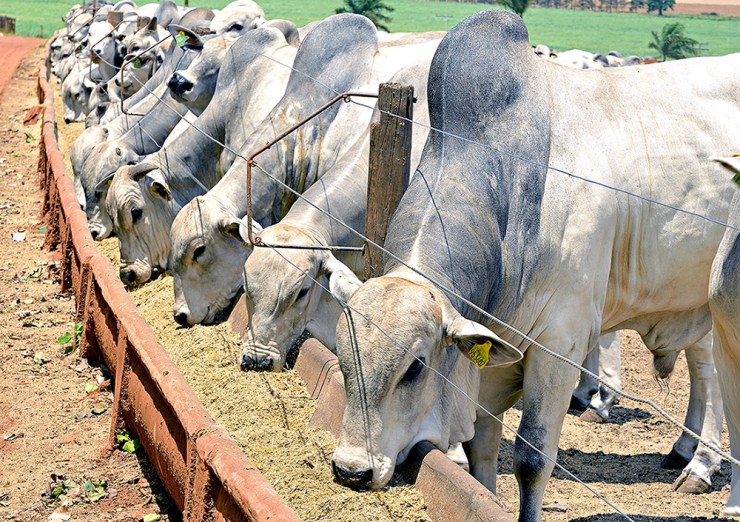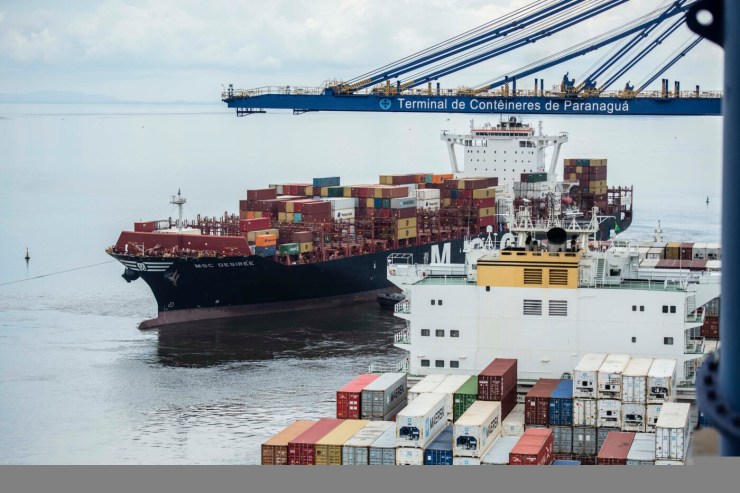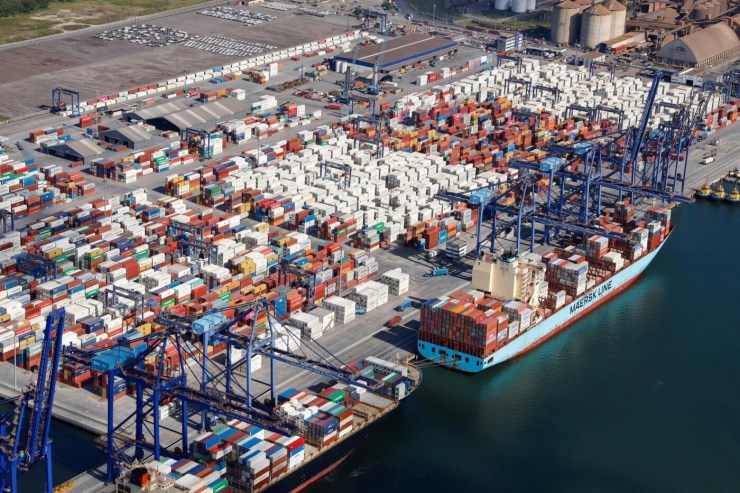The trend for beef cattle prices in Brazil remains positive, supported by a buoyant foreign market and a controlled supply of animals for slaughter. According to an analysis by Itaú BBA's Agro Consultancy, published in the June issue of Agro Mensal, the scenario for the second half of 2025 combines firm demand for exports, pastures in good condition due to the longer rainfall regime and low feed costs, which has favored the margins of feedlot operators.

Photo: Alf Ribeiro
With international beef shipments at a strong pace — higher than the volumes of the same period last year — and average export prices rising, the industry has found room to pass on the values paid per arroba, without compromising the spread. This situation has allowed for the sustainability and even slight appreciation of beef cattle, even with the still relatively high supply.
The expectation for the coming months is a short period of animal spawning, without major pressure on the market. The good condition of the pastures, resulting from the more humid and extended climate profile, should postpone the disposal of part of the animals finished on pasture. In addition, the supply of females tends to moderate, helping to further balance the volume available for slaughter.
The outlook for feedlots is also favorable. With corn prices at lower levels, production costs have fallen, improving the profitability of the activity. In addition, the futures curve for beef cattle has a positive carry, offering good hedging opportunities, especially for deliveries scheduled for the last quarter of the year.
However, the domestic market remains a point of concern. The excessive supply of chicken meat has put pressure on the prices of competing protein, increasing competitiveness.

Photo: Disclosure/OPR Archive
in relation to beef carcasses and limiting price increases in national retail.
The replacement market also reflects this stability of the fattened cattle. Calf prices continue to rise, reducing the room for improvement in the exchange rate for the finishing cattle farmer.
With solid fundamentals both on the external front and in the fattening activity, the market for fattened cattle continues to have good prospects, especially in the second half of the year, as long as domestic consumption is not a more severe limiting factor.




